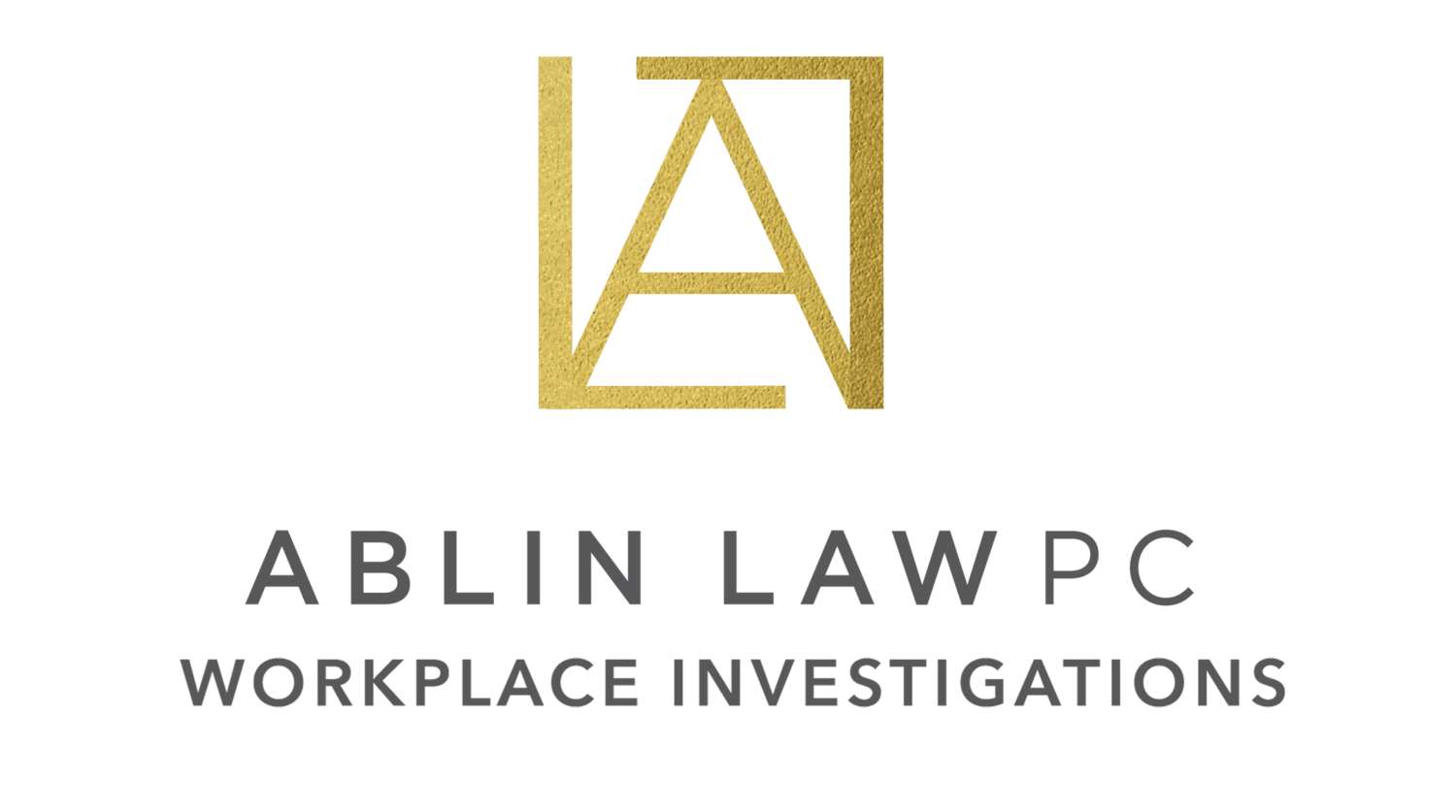Terminating an employee as a result of findings from an internal investigation is often a necessary step. However, employers may be hesitant to make a termination decision for fear of a lawsuit alleging retaliatory or discriminatory action and the associated “cat’s paw” liability that can result in the employer or individual employees being held liable.
Cat’s paw liability takes its name from the 17th Century fable in which a clever monkey convinced an innocent cat to burn its own paws grabbing roasting chestnuts from the fire, which the unscathed monkey then proceeded to enjoy. In the context of adverse employment decisions, cat’s paw liability means that, even if the direct decision to terminate an employee was not made with discriminatory intent, employees can be held individually liable, and the company can be liable, if the recommendation to terminate was biased or if information furnished to the decision-maker carried with it a discriminatory intent.
Background
In a series of cases since the 1990s, the Seventh Circuit has made decisions that have been largely employer-friendly in determining and applying cat’s paw liability. In Brewer v. Bd. of Trustees of Univ. of Ill. (479 F.3d 908 (7th Cir. 2007), the court held that cat’s paw liability was inappropriate when the decision maker conducted its own investigation and didn’t limit the investigation to information from a potentially biased source. And, in Staub v. Proctor Hospital (560 F.3d 647), although a jury found in the plaintiff’s favor on the basis of cat’s paw liability, the Seventh Circuit overturned the decision on appeal, holding that “[d]ecisionmakers usually have to rely on others’ opinions to some extent because they are removed from the underlying situation. But to be a cat’s paw requires more; true to the fable, it requires a blind reliance, the stuff of ‘singular influence.'”
However, the U.S. Supreme Court reviewed and overturned the appellate court’s decision in Staub, determining that the Seventh Circuit’s decisions to limit cat’s paw liability were not appropriate. Taking a proximate cause approach, the Supreme Court stated “if a supervisor performs an act motivated by animus that is intended by the supervisor to cause an adverse employment action, and if that act is a proximate cause of the ultimate employment action, then the employer is liable.” Staub v. Proctor Hosp., 562 U.S. 411 (2011).
How can employers protect themselves?
The best way to avoid cat’s paw liability is to make sure that the decision maker is not influenced by those with discriminatory or biased intentions, and that employment decisions are made on the basis of independent evidence. While conducting internal employment investigations using in-house personnel may make sense under certain limited circumstances, doing so may not avoid cat’s paw liability because of potential allegations that the information relied upon was biased.
Recommendations to avoid, or defeat adverse employment actions cat’s paw liability claims include the following:
1. Employers should perform independent investigations into the allegations, and document the investigation steps and findings.
2. When making employment decisions, employers should rely on documents or testimony created by disinterested or unbiased individuals.
3. Employers should give the employee an opportunity to respond to or disprove the allegations.
4. When feasible, employers may also want to consider using a panel or board to review recommendations based on investigation findings, prior to making employment decisions, as doing so can help to disprove any potential cat’s paw claims.
Conclusion
Because of the potential for employees to claim that an internal investigation and resulting employment decision was inherently biased, employers are encouraged to engage an external investigator to handle the investigation from start to finish. Doing so can help insulate HR employees, managers and others who have no direct authority to fire employees from potentially significant liability.


Recent Comments